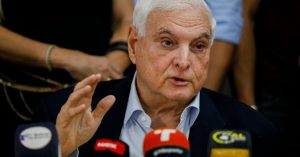Q: I recently bought a ground-floor condominium in New Haven County, Conn. A radon test performed as part of the inspection showed elevated levels. I got an estimate for a subslab pressurization system that would have to be installed in the crawl space and vent out. The homeowners’ association president refused to install it, or allow me to pay to have it installed, and I was told that the proximity of the unit to a body of water would create structural issues. The HOA says that it owns the crawl space, which is where the equipment would have to be placed. What are my rights, and what responsibility does the HOA have?
A: Radon is an odorless, colorless gas that can cause lung cancer. Your homeowners’ association cannot just deny your requests and expect that to be the end of the matter.
Your question raises four issues: Who controls the crawl space? Will the remediation actually create structural problems? Who has the authority over changes in the condominium? And who has the responsibility to get rid of the radon?












